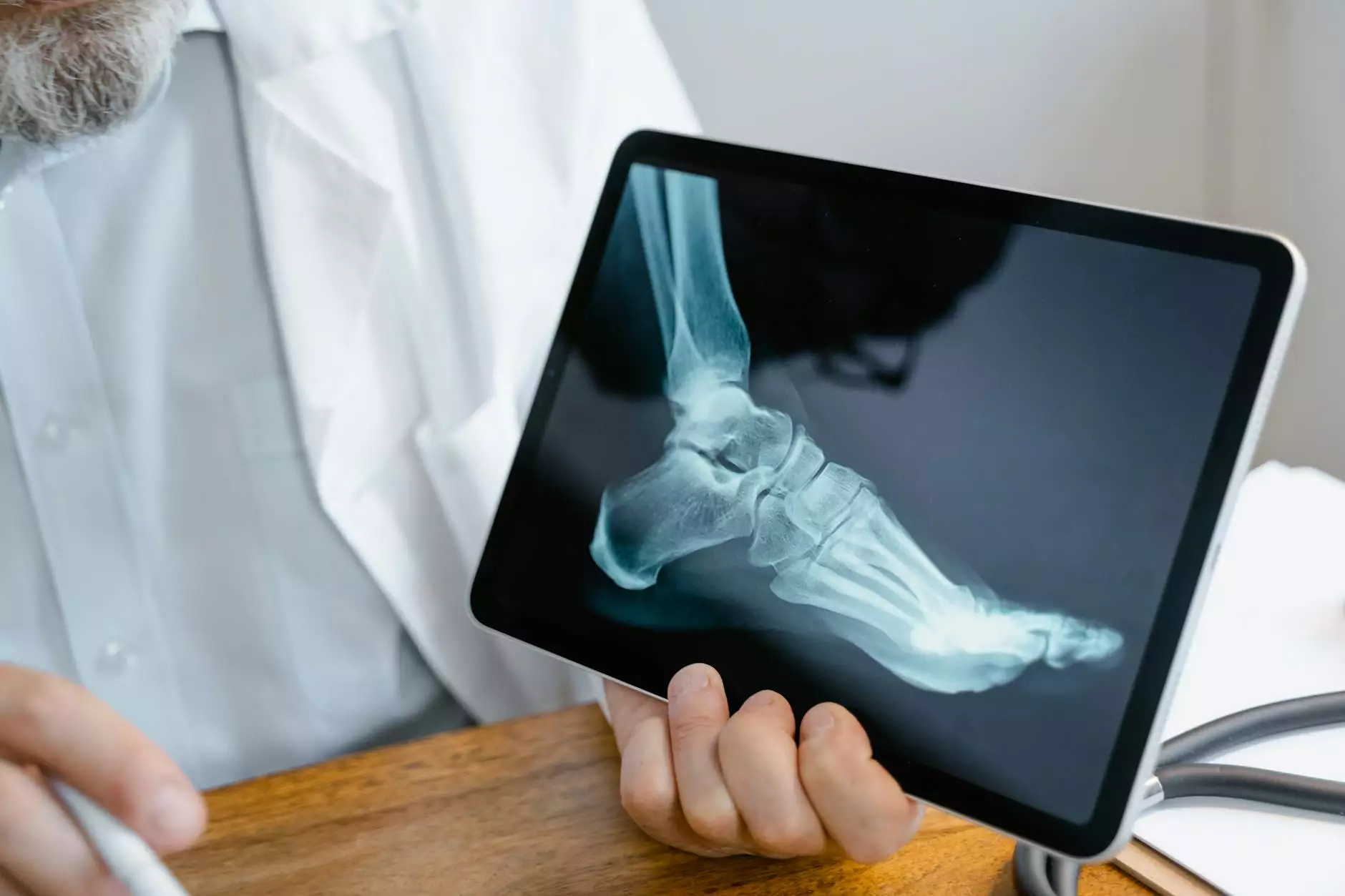BONE SPUR
Injury and Recovery
Introduction
Welcome to the BONE SPUR page of Butterfield Oxygen & Medical Equipment, a leading provider of high-quality medical equipment and services. In this comprehensive guide, we will explore bone spurs, including their causes, symptoms, and various treatment options available. Our team of experts is committed to delivering top-notch medical solutions for both businesses and consumers. Feel free to contact us for any assistance you may need.
Understanding Bone Spurs
Bone spurs, also known as osteophytes, are small bony projections that develop along the edges of bones. They typically form in response to pressure, rubbing, or stress on the bone over a prolonged period. While they can occur in various parts of the body, such as the spine, shoulders, hips, knees, and feet, our focus will mainly be on bone spurs related to the feet.
Causes of Bone Spurs
There are several factors that can contribute to the development of bone spurs:
- Joint damage and inflammation
- Age-related wear and tear
- Improper footwear
- Weight-related issues
- Genetic predisposition
Understanding the underlying causes helps medical professionals devise appropriate treatment plans and preventive measures to manage bone spurs effectively.
Symptoms and Diagnosis
Bone spurs might not always cause noticeable symptoms, especially in the early stages. However, as they grow in size and impinge on nearby tissues and nerves, individuals may experience various discomforts, including:
- Localized pain and tenderness
- Joint stiffness and reduced mobility
- Swelling and inflammation
- Changes in joint shape or appearance
- Numbness or tingling in the affected area
Proper diagnosis of bone spurs involves a thorough examination of the affected area, medical history assessment, and imaging techniques such as X-rays or MRI scans. Our experienced team utilizes advanced diagnostic tools to accurately identify and assess bone spurs.
Treatment Options
At Butterfield Oxygen & Medical Equipment, we understand the importance of tailored treatment plans to address individual needs. Our comprehensive approach focuses on alleviating discomfort, promoting healing, and restoring normal function. Treatment options for bone spurs may include:
1. Non-Surgical Methods
- Physical therapy and exercises to improve joint flexibility and strength
- Nonsteroidal anti-inflammatory drugs (NSAIDs) to manage pain and inflammation
- Custom orthotic devices to provide proper support and alignment
- Lifestyle modifications, including weight management and shoe adjustments
2. Surgical Interventions
- Minimally invasive procedures to remove or reduce the size of bone spurs
- Joint fusion or replacement for severe cases
Our medical professionals work closely with patients to determine the most suitable treatment approach based on their specific condition and lifestyle requirements.
Why Choose Butterfield Oxygen & Medical Equipment?
As a trusted name in the medical equipment industry, Butterfield Oxygen & Medical Equipment stands out for several reasons:
- Extensive experience and expertise in addressing bone spur-related issues
- Wide range of high-quality medical equipment for both business and consumer needs
- Committed team of professionals dedicated to delivering exceptional service
- Customized treatment plans tailored to individual requirements
- State-of-the-art diagnostic tools and advanced medical techniques
With our holistic approach and unwavering commitment to patient satisfaction, we strive to provide the best possible solutions for bone spur-related concerns.
Contact Us Today
If you or someone you know is dealing with bone spurs, Butterfield Oxygen & Medical Equipment is here to help. Contact our friendly team today to schedule a consultation or to learn more about our extensive range of medical equipment and services. We look forward to assisting you in your journey towards improved bone health and overall well-being.
Disclaimer: The content provided in this guide is for informational purposes only and should not be considered medical advice. For accurate diagnosis and personalized treatment plans, we recommend consulting a qualified healthcare professional.




